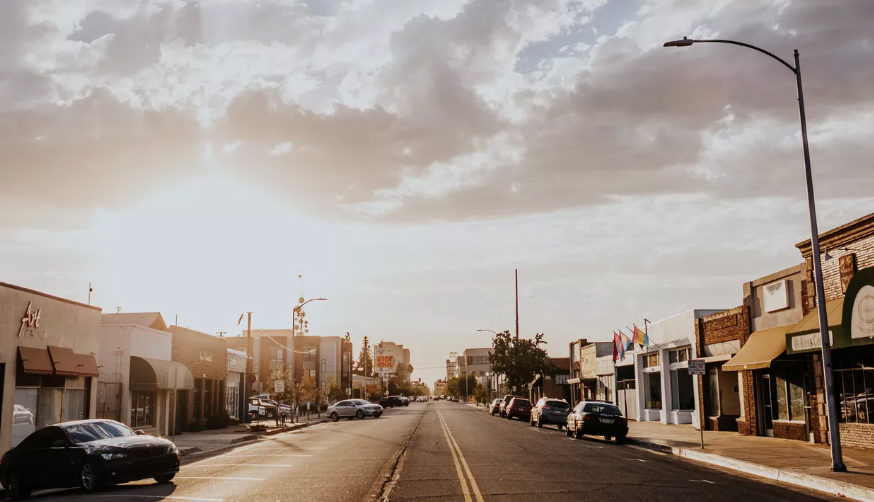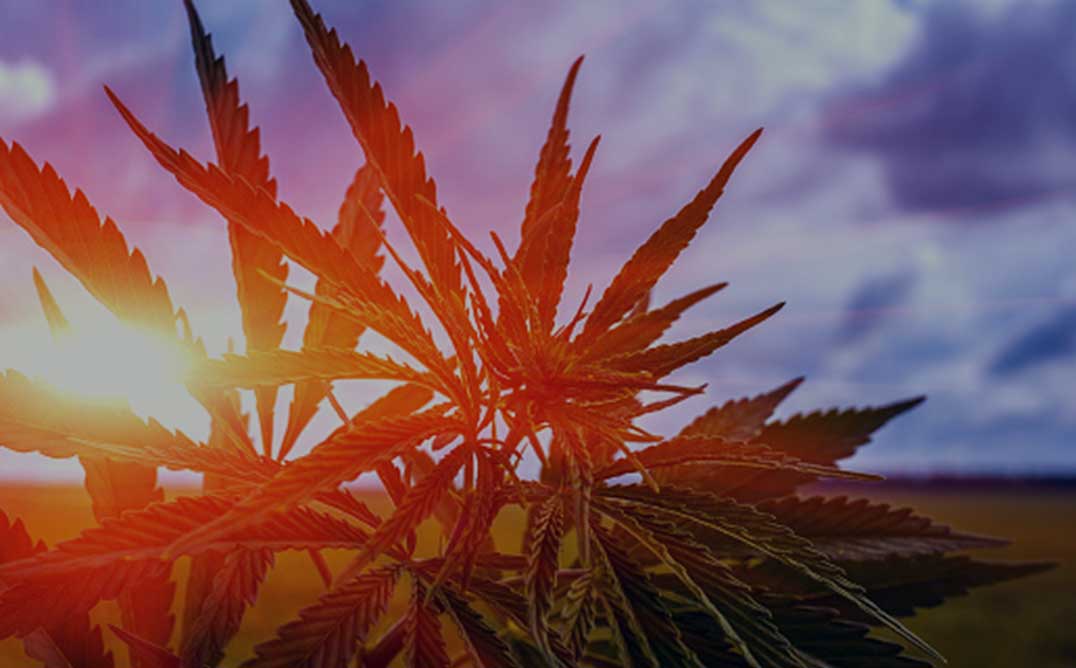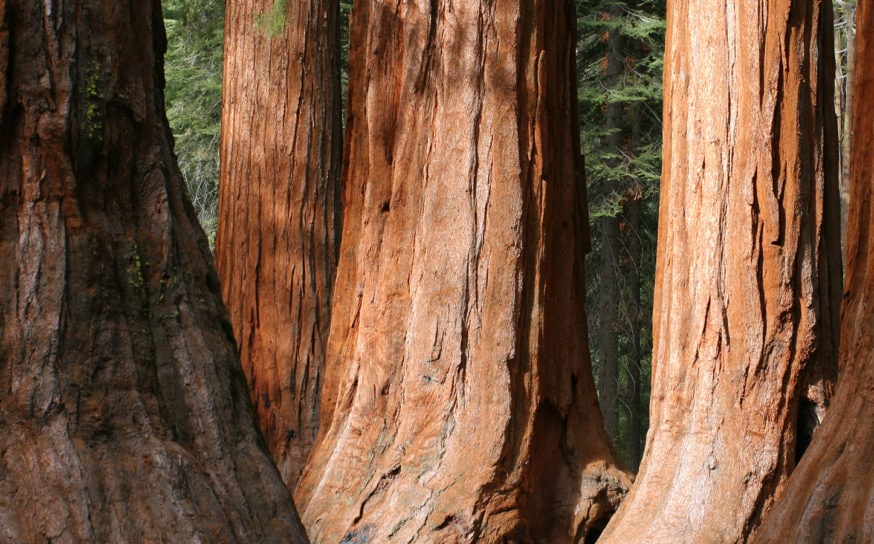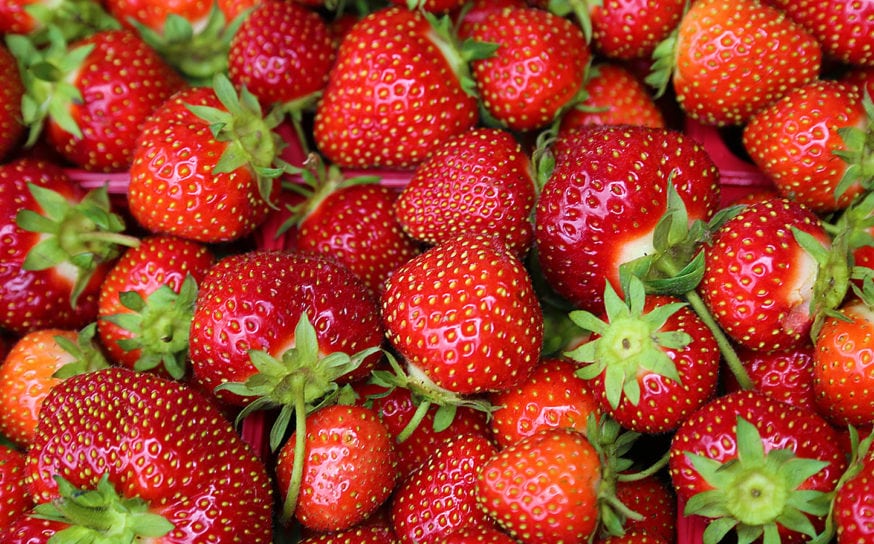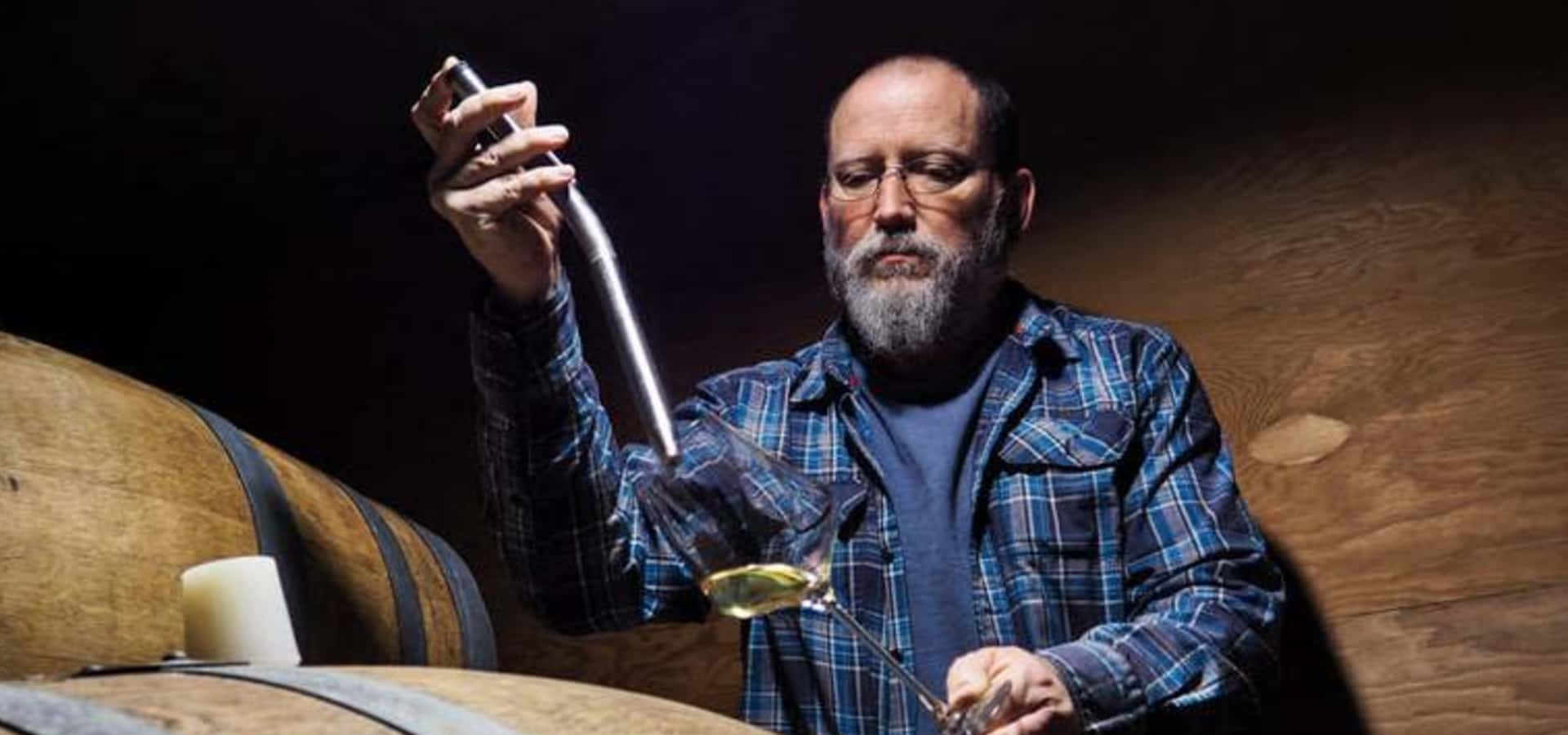
A Sacramento Winemaker Finds Success in Simplicity
Less is more for Craig Haarmeyer’s “light touch” wines.
In a state known globally for its thriving wine regions … Napa, Sonoma, Temecula, Paso Robles, and so on … it’s rare to hear Sacramento mentioned in their ranks. Surprising, considering the region’s contributions to agriculture, both on the farmlands themselves and in the classrooms of UC Davis. Perhaps this oversight suits Craig Haarmeyer just fine. A painter and sculptor turned winemaker, Haarmeyer and his unfussy and untypical approach to the craft allows his bottles to stand out in the crowd.
In a story for the Sac Bee, “Haarmeyer, a third-generation Sacramentan, says making wine is more about place, history and naturalness. The less he intervenes between grape and glass, the better.”
“Haarmeyer is a member in good standing of a small and loose community of winemakers whose approach to winemaking is more light handed than it customarily has been in recent decades.”
Part of this light touch includes stomping his own grapes, using natural yeasts for fermentation, resisting fining and filtering and aging the wine in neutral oak puncheons “so they don’t pick up as much essence of wood as if they were aged in smaller oak barrels.”
“We add nothing but elbow grease,” Haarmeyer says.
The winemaker has a particular fondness for chenin blanc, a green grape more commonly found in South Africa and France’s Loire Valley, not the foothills of Sacramento. But according to the Sac Bee, Haarmeyer is likely to make six chenin blancs during any given harvest.
“I just like to drink chenin blanc,” Haarmeyer says. But there’s more to it than that, he is quick to add. “It’s a three-dimensional grape—you get fruit, great acidity and great texture, and you can immediately get other notes, like wet wool and lanolin. It’s not so fruity like sauvignon blanc, and it isn’t as manipulable as chardonnay.”
You can read more about this lover of chenin blanc and his passion for winemaking here.
Longtime Caddie Casey Boyns Encapsulates the Legendary Appeal of Pebble Beach
He’s in for the long game.
Why Developers and Millennials are Taking a Closer Look at This Central Valley City
Is this the beginning of a Bakersfield boom?
New Boxing Champ Andy Ruiz Jr. Brings His Native Imperial Valley Into Focus
Hometown pride and national attention descends on an often-overlooked community.



